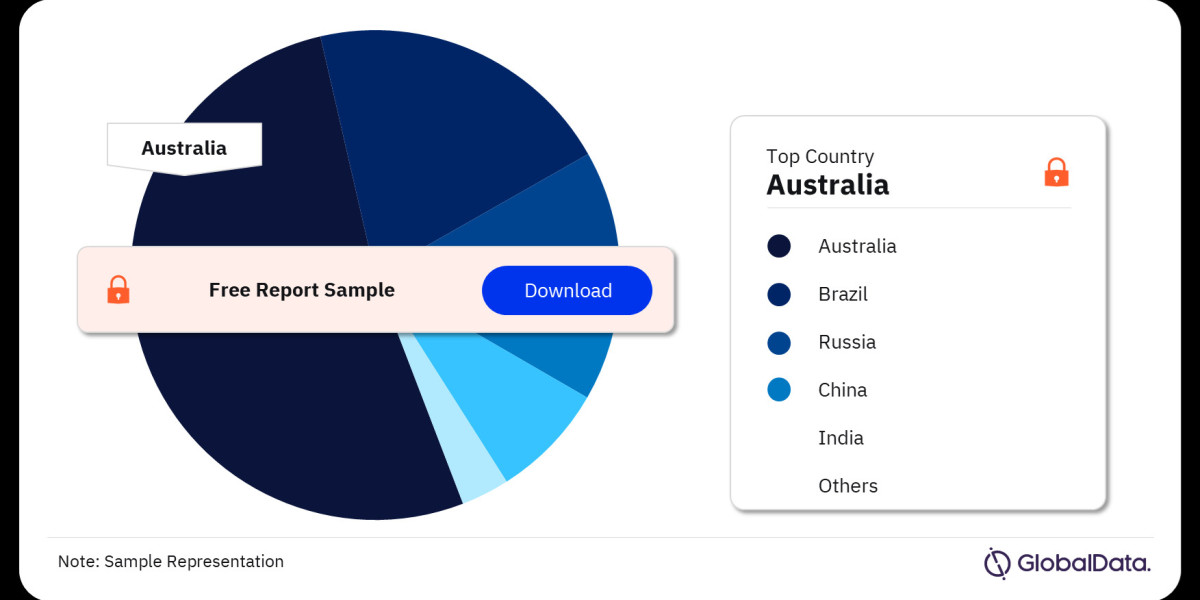Introduction
Iron ore, a crucial raw material for steel production, plays a pivotal role in global economic growth and infrastructure development. The iron ore mining industry is a complex and dynamic sector influenced by various factors, including geopolitical events, economic cycles, technological advancements, and environmental regulations. This article delves into the key trends, challenges, and opportunities shaping the iron ore mining market.
Key Trends in the Iron Ore Mining Market
- Rising Global Demand: The increasing demand for steel, driven by infrastructure development, urbanization, and industrialization, has fueled the growth of the iron ore mining industry.
- Technological Advancements: Technological advancements, such as improved mining techniques, automation, and digitalization, have enhanced efficiency and productivity in the mining sector.
- Sustainability and Environmental Concerns: The industry is facing growing pressure to adopt sustainable mining practices and reduce its environmental footprint.
- Mergers and Acquisitions: Consolidation within the industry through mergers and acquisitions has led to the formation of larger mining companies with increased market power.
- Geopolitical Factors: Geopolitical tensions and trade disputes can impact the supply and demand dynamics of iron ore, leading to price fluctuations and supply chain disruptions.
Challenges Facing the Iron Ore Mining Market
- Price Volatility: Iron ore prices are subject to significant volatility, influenced by factors such as global economic conditions, demand from major steel-producing countries, and supply disruptions.
- Environmental Regulations: Stricter environmental regulations, including those related to emissions, waste disposal, and water usage, can increase operating costs and limit mining activities.
- Labor Shortages: The mining industry often faces challenges in attracting and retaining skilled labor, particularly in remote mining regions.
- Infrastructure Constraints: Inadequate infrastructure, such as transportation and energy infrastructure, can hinder mining operations and increase costs.
- Geopolitical Risks: Political instability, conflicts, and trade disputes can disrupt mining operations and impact supply chains.
Opportunities for Growth in the Iron Ore Mining Market
- Emerging Markets: Emerging economies, particularly in Asia, are driving demand for iron ore as they undergo rapid industrialization and urbanization.
- Technological Innovation: Continued investment in technology can improve mining efficiency, reduce costs, and enhance safety.
- Value-Added Products: Diversifying into value-added products, such as iron ore pellets and direct reduced iron (DRI), can increase revenue and profitability.
- Sustainable Mining Practices: Adopting sustainable mining practices can help mitigate environmental and social impacts and enhance the industry's reputation.
- Strategic Partnerships: Collaborating with other companies to share resources, reduce costs, and mitigate risks can create synergies and drive growth.
Major Iron Ore Producing Countries
- Australia: Australia is the world's largest iron ore exporter, with significant deposits in the Pilbara region of Western Australia.
- Brazil: Brazil is the second-largest iron ore producer, with major mining operations in the states of Minas Gerais and Pará.
- China: China is a major producer and consumer of iron ore, with significant domestic mining operations and imports from Australia and Brazil.
- India: India is an important iron ore producer and consumer, with significant deposits in the states of Odisha and Jharkhand.
- Russia: Russia is a major iron ore producer, with significant deposits in the Ural Mountains and Siberia.
Future Trends in the Iron Ore Mining Market
- Digital Transformation: The increasing use of digital technologies, such as artificial intelligence, machine learning, and the Internet of Things, will revolutionize the mining industry.
- Sustainable Mining: A growing emphasis on sustainable mining practices, including reduced carbon emissions, water conservation, and biodiversity protection.
- Global Trade and Geopolitics: Geopolitical tensions and trade disputes can impact the global iron ore market, leading to price volatility and supply chain disruptions.
- Electric Vehicles: The increasing demand for electric vehicles could boost demand for iron ore, as it is a key component in battery production.
- Circular Economy: The adoption of circular economy principles, such as recycling and reuse, can reduce the environmental impact of the mining industry.
Conclusion
The iron ore mining industry plays a vital role in the global economy, providing the raw material for steel production and infrastructure development. While the industry faces various challenges, such as price volatility, environmental concerns, and geopolitical risks, it also presents significant opportunities for growth and innovation. By embracing technological advancements, sustainable practices, and strategic partnerships, the iron ore mining industry can continue to thrive and contribute to global economic development.
Buy the Full Report for More Insights into the Global Iron Ore Market Forecast, Download A Free Report Sample








